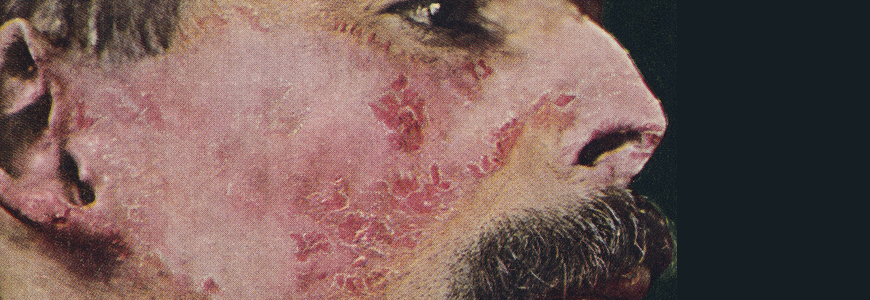Castleman’s disease—a rare, complex condition existing at the diagnostic intersection of hematology, oncology, rheumatology, and infectious disease—is now better understood but remains difficult to identify and treat early in its course.
Laboratory findings for Castleman’s disease are often confusing, says Duke rheumatologist Philip Chu, MD, a second-year fellow who has studied the disease pathogenesis. Patients who are eventually diagnosed with Castleman’s disease require care from multiple subspecialists as a result of overlapping disease characteristics.
Rheumatologists say the condition can mimic many autoimmune diseases including systemic lupus erythematosus (SLE) and may even be diagnosed initially as SLE. But Chu says case studies demonstrate a pattern in which conflicting laboratory findings or lagging outcomes eventually prompt a broader search for a diagnosis. Castleman’s disease is characterized by excessive systemic inflammation related to the immune system that affects blood counts, kidneys, lungs, and the liver. “Some data points fit the lupus profile, but the picture as a whole does not,” Chu says.
Although Castleman’s disease can be strongly suggested by biopsy of an enlarged lymph node, like many rheumatological conditions, it cannot be identified with a single lab result. Specialists reach the diagnosis of Castleman’s disease after a thorough review of clinical presentation, laboratory data, and differential diagnoses, Chu says.
This review includes a multidisciplinary discussion with hematologists, infectious disease specialists, and pathologists. “The lab and imaging data may initially suggest one diagnosis, but if the patient is not responding to treatment, one must consider if another diagnosis, such as Castleman’s can be possible,” Chu says. “Even with all of the combined history, lab, pathology, and imaging data, the ultimate confirmation of the disease remains challenging.”
Castleman’s disease presents with two forms:
- Unicentric: Surgery may be required to remove a diseased lymph node, but medication or radiation therapy will be considered. Follow-up imaging is recommended to check for relapse.
- Multicentric: Specific treatment depends on the presence of HIV or human herpesvirus 8 infection. Medications and other therapies are usually employed to control excessive cytokine release.
